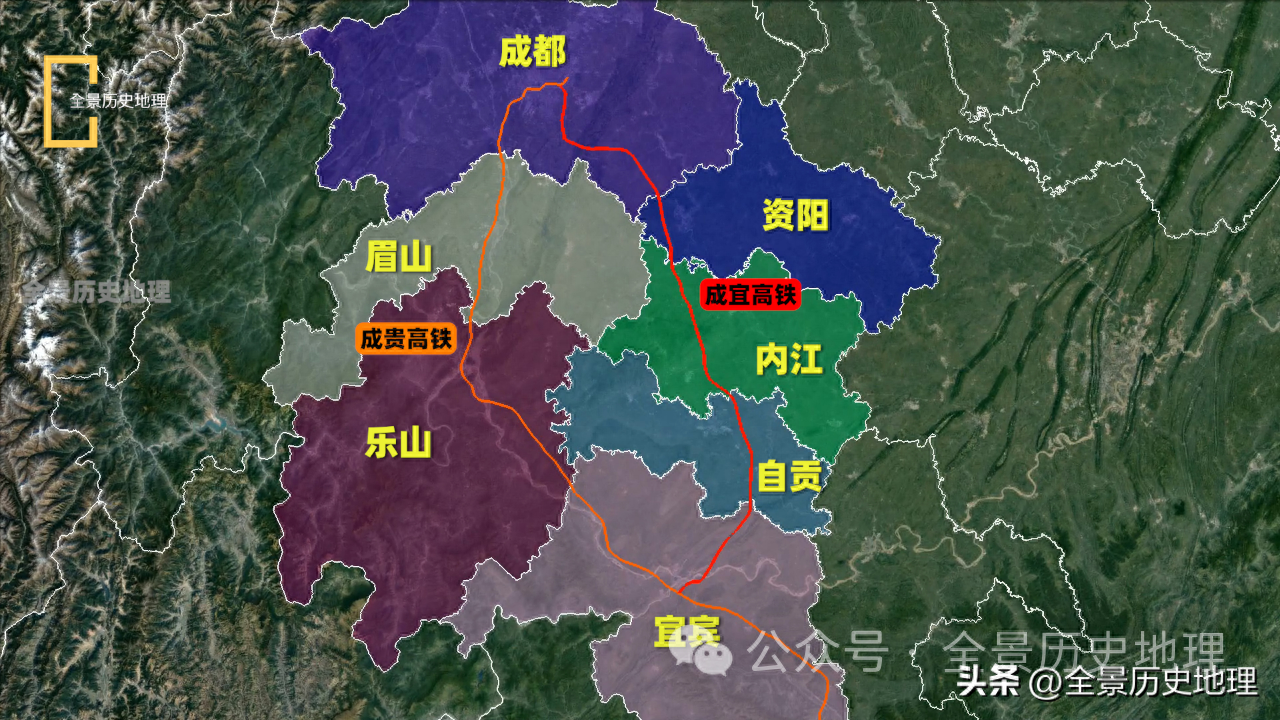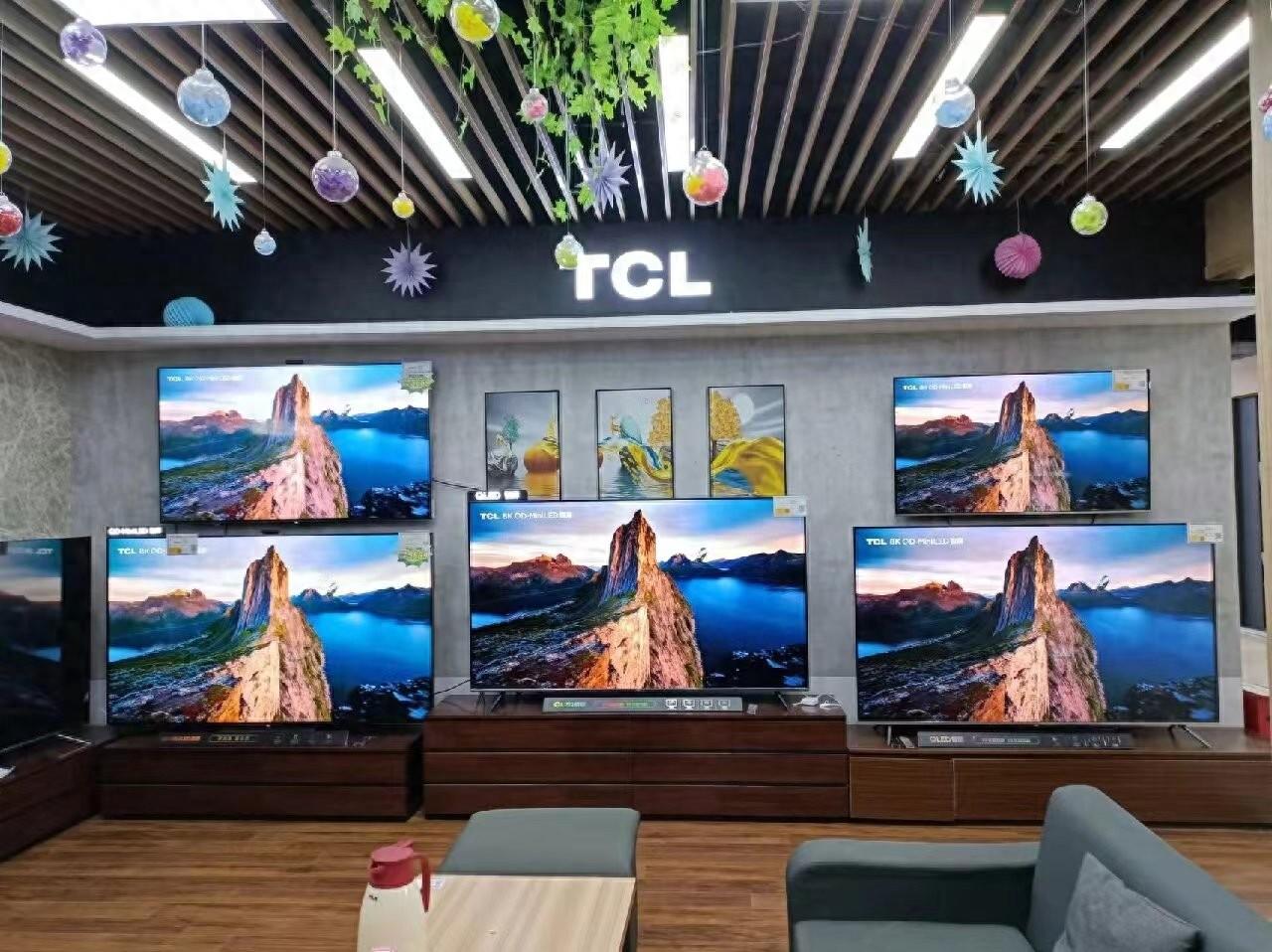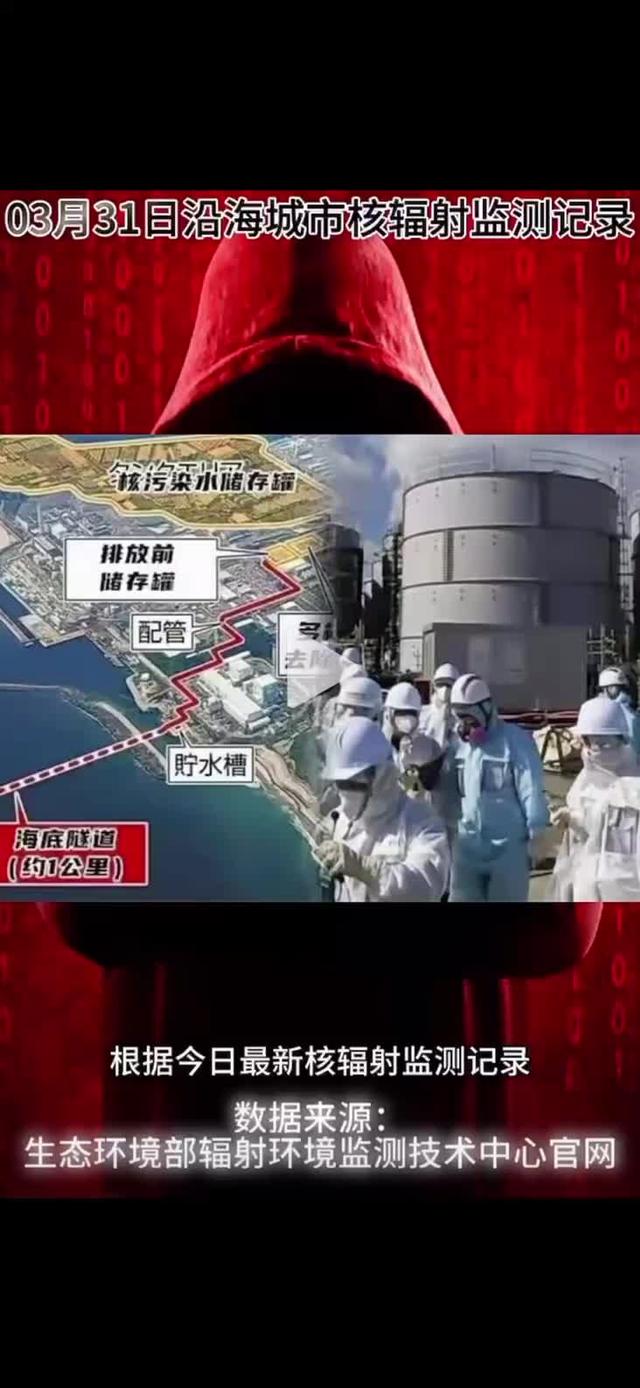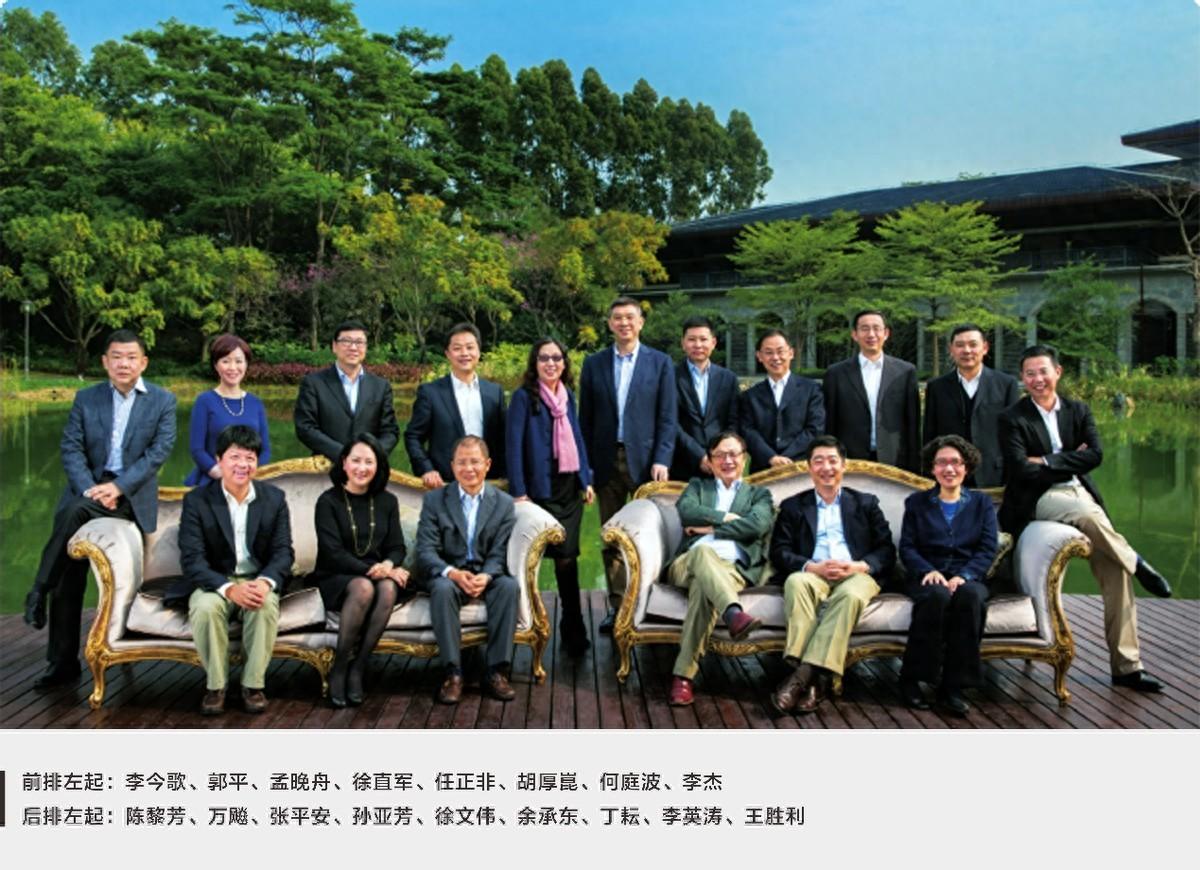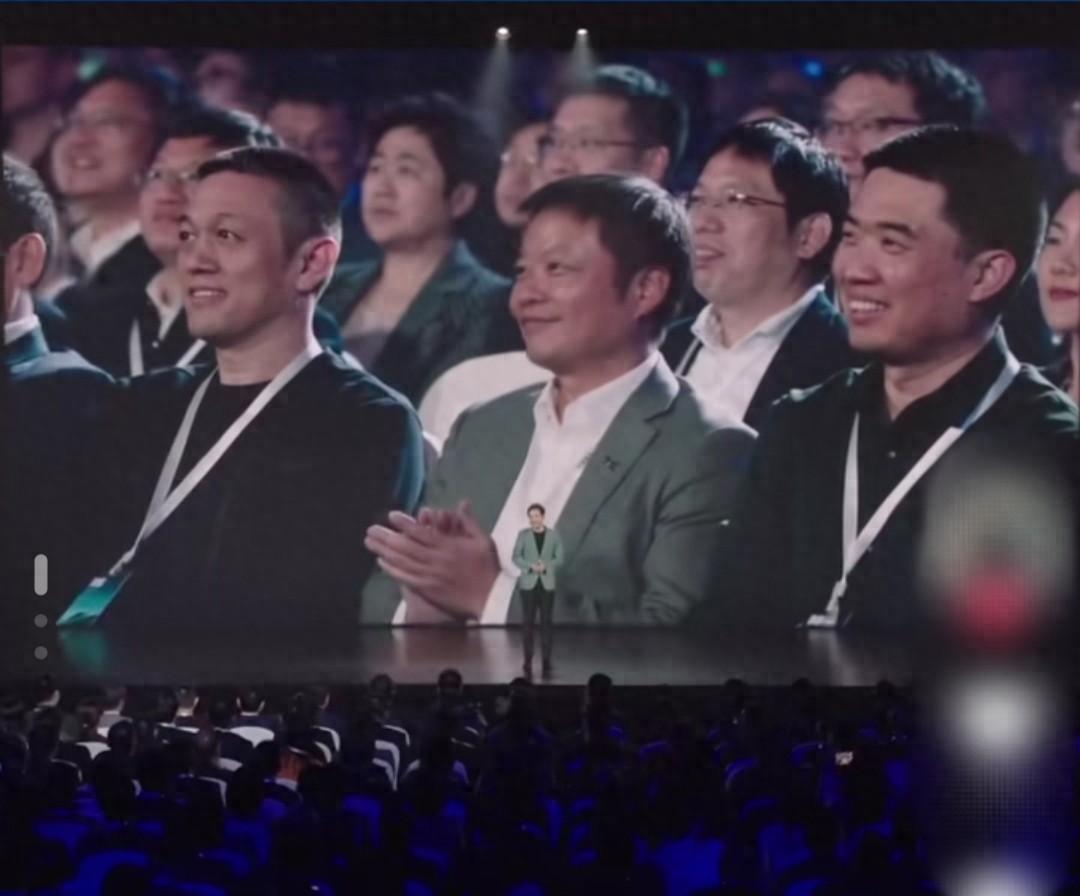Brightmore Pinduoduo Vertical Farming Challenge: Advancing Innovation in Container-Based Cultivation
The Brightmore Pinduoduo Vertical Farming Challenge, also known as the fourth "Pinduoduo Agricultural Research and Development Technology Competition," has officially commenced, inviting applications from 15 teams worldwide. As an agricultural technology innovation platform established by Pinduoduo, China's leading agricultural e-commerce platform, this competition's latest edition focuses on AI cultivation and the design of container-based plant factories
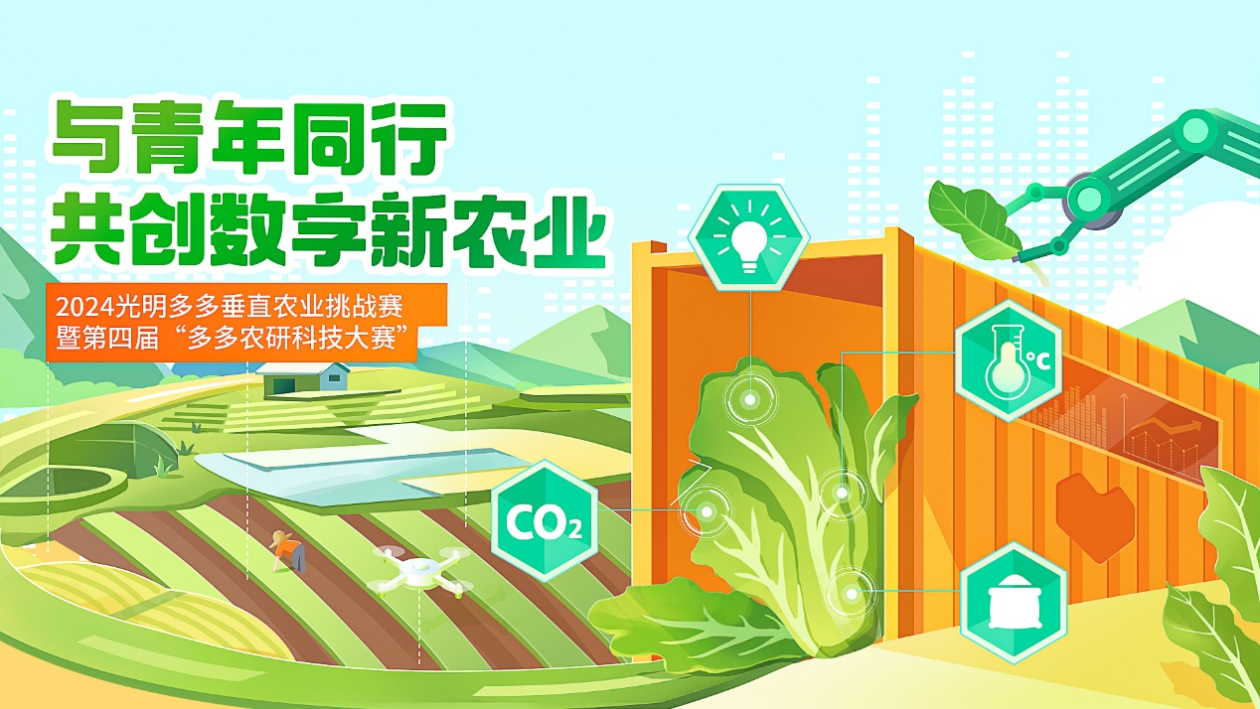
The Brightmore Pinduoduo Vertical Farming Challenge, also known as the fourth "Pinduoduo Agricultural Research and Development Technology Competition," has officially commenced, inviting applications from 15 teams worldwide. As an agricultural technology innovation platform established by Pinduoduo, China's leading agricultural e-commerce platform, this competition's latest edition focuses on AI cultivation and the design of container-based plant factories. Participating teams are tasked with transforming a 20-foot standard container into a "new farmland" within a specified budget and developing an intelligent planting solution for lettuce production. The team that achieves the highest yield, quality, and lowest cost will emerge victorious.
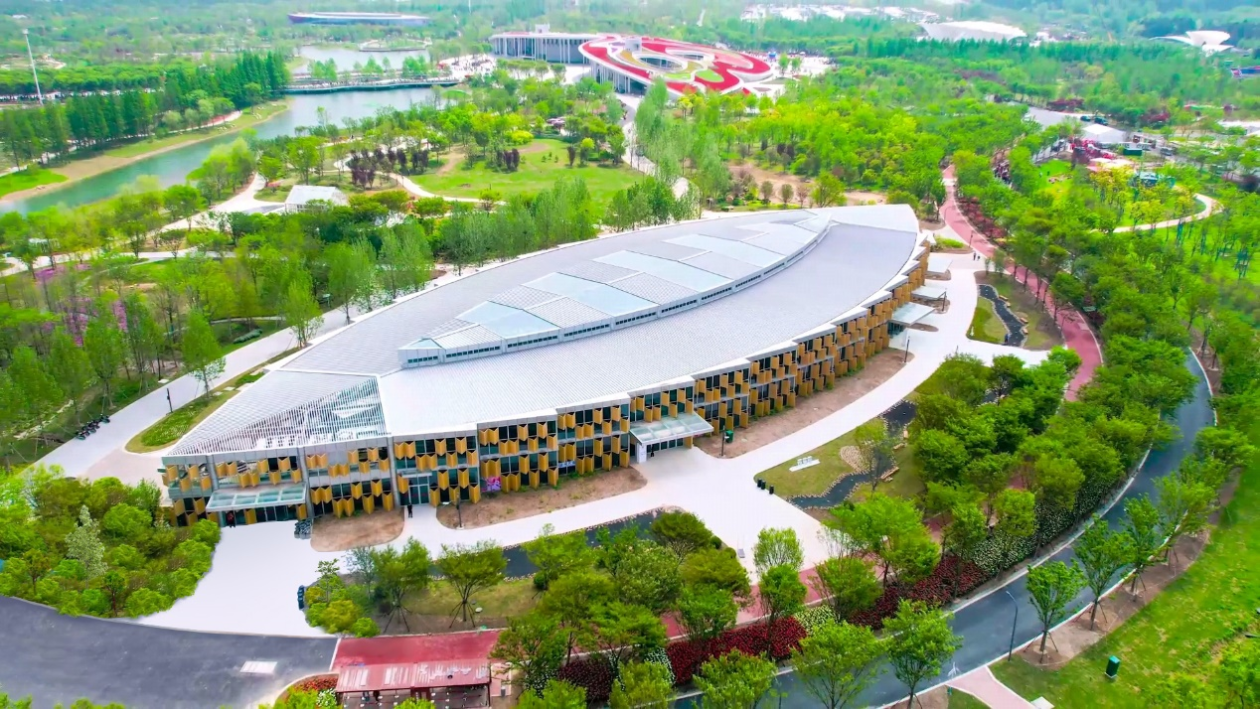
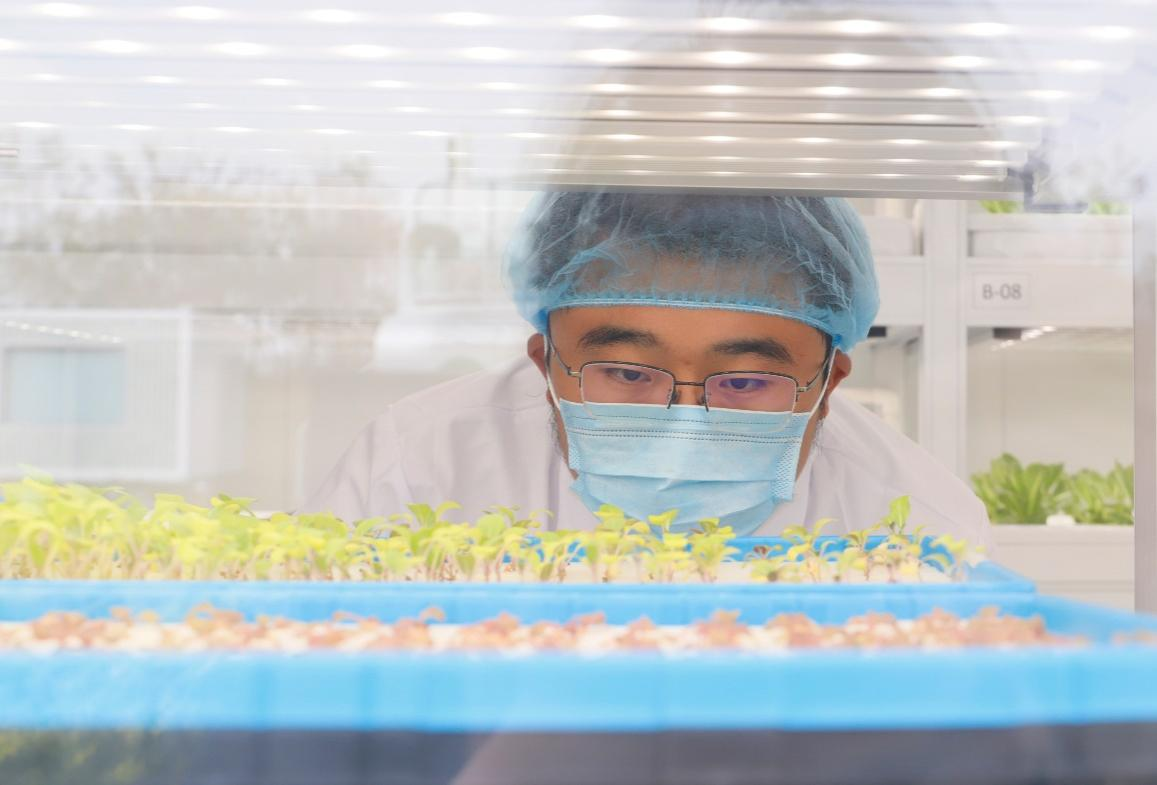
The Challenge of Container-Based Plant Factories
Last year, Pinduoduo and the Brightmore Mother Port Seed Industry Innovation Zone hosted the first container-grown lettuce competition. Building upon that foundation, this year's competition raises the stakes by incorporating the design and construction costs of converting containers into plant factories into the judging criteria. While lettuce quality and yield remain key performance indicators, the competition now also assesses the reasonableness and cost-effectiveness of container construction.
Making Smart Vegetables Affordable
Agricultural development has historically been constrained by natural conditions, but indoor farming offers a potential solution to "defy the heavens." China currently boasts the world's largest area of greenhouse cultivation, yet over half of these facilities are rudimentary and in need of transformation.
Since its inception in 2020, the Pinduoduo Agricultural Research and Development Technology Competition has consistently focused on addressing challenges in greenhouse cultivation. This year's competition introduces container-based plant factories as the cultivation setting, representing the latest frontier in vertical farming.
Industrialization Challenges of Vertical Farming
Despite their technological advancements, container-based plant factories in China are still in their early stages of industrial development, largely due to the high costs of construction and operation. For instance, while sunlight is free, artificial lighting is not. These costs, combined with others, often result in produce from plant factories being priced ten to even dozens of times higher than similar products on the market.
The Competition Aims to Foster Replicable and Scalable Solutions
This competition aims to identify scientifically sound, rapidly deployable, energy-efficient, and replicable intelligent container-based plant factory solutions. By emphasizing market replicability and scalability, the competition encourages researchers to develop innovations that are both practical and commercially viable.
Long-Term Impact of Agricultural Research Competitions
Since its launch in 2020, the Pinduoduo Agricultural Research and Development Technology Competition has cultivated over ten outstanding research teams and instilled the spirit of agricultural technology innovation in young scholars.
Last year's competition saw Professor Bao Hua of Shanghai Jiaotong University, an engineer with no prior experience in vegetable cultivation, lead his team to a third-place finish.
Transforming Research into Practical Applications
"The competition made me realize that my expertise in engineering theory and practice could be applied to smart agriculture, which filled me with excitement," said Professor Bao. After the competition, his team continued to explore the feasibility of their proposed solution, publishing two academic papers and developing a prototype for an intelligent plant cultivation rack that has the potential to benefit consumers. Professor Bao has also decided to focus his future research on the intersection of agriculture and engineering.
For others, the competition has marked the beginning of a new research journey. "The competition allowed us to reassess the complexities of plant factory hardware and software technologies, environmental control techniques, and intelligent technologies, revealing numerous areas for further investigation," said Dr. He Lizhong, whose team from the Shanghai Academy of Agricultural Sciences won last year's competition. Capitalizing on this opportunity, the Shanghai Academy of Agricultural Sciences has established an innovation research platform for vertical farming, where they are currently conducting studies on plant factory cultivation techniques for leafy greens, strawberries, barley grass, and Chinese medicinal herbs like saffron.
Xu Dan, founder of Beijing Polar Star Agriculture, represents the "corporate team" category and has participated in the competition twice. His team has implemented some of the insights gained during the competition into their commercial operations. For example, their dynamic density strategy is now regularly used in the company's production facilities, optimizing yield, energy consumption, and quality by adjusting the planting density to suit each stage of lettuce growth. "We have demonstrated and promoted this dynamic density-adjusted hydroponic system externally, receiving positive feedback from industry peers and farmers," said Xu.
Driving Agricultural Innovation and Rural Revitalization
Several outcomes from the Pinduoduo Agricultural Research and Development Technology Competition have been published in academic journals or are currently undergoing patent examination, covering topics such as plant factory environmental optimization technologies, nutrient solution, and control methods. Additionally, a range of innovative cultivation technologies developed during the competition, such as a plant supplementary lighting method based on cumulative daily solar radiation, a method to reduce the incidence of edge burn in lettuce by increasing airflow, and a tomato yield prediction model, have been validated in post-competition trials and are now being adopted in agricultural production. Moreover, several teams have identified the commercial potential of their research and embarked on entrepreneurial ventures to bring their findings to farms and fields.
Agriculture
Disclaimer: The content of this article is sourced from the internet. The copyright of the text, images, and other materials belongs to the original author. The platform reprints the materials for the purpose of conveying more information. The content of the article is for reference and learning only, and should not be used for commercial purposes. If it infringes on your legitimate rights and interests, please contact us promptly and we will handle it as soon as possible! We respect copyright and are committed to protecting it. Thank you for sharing.(Email:[email protected])
